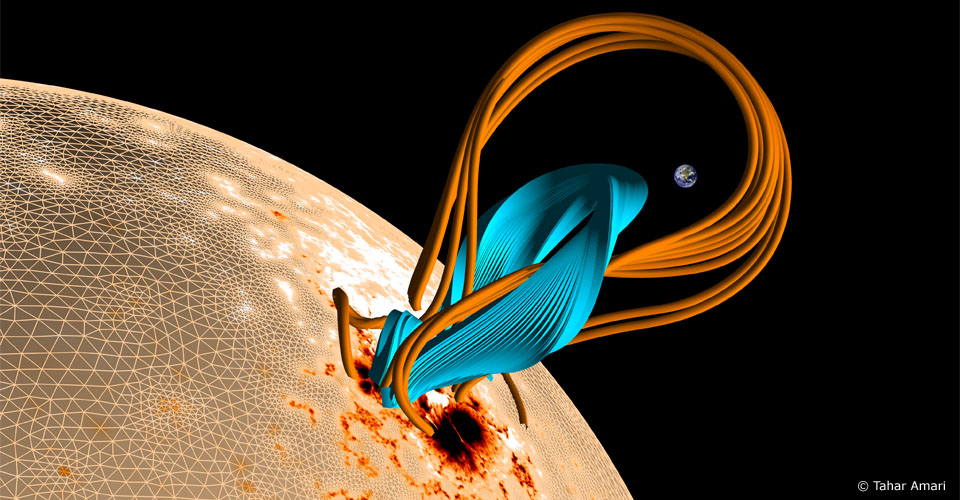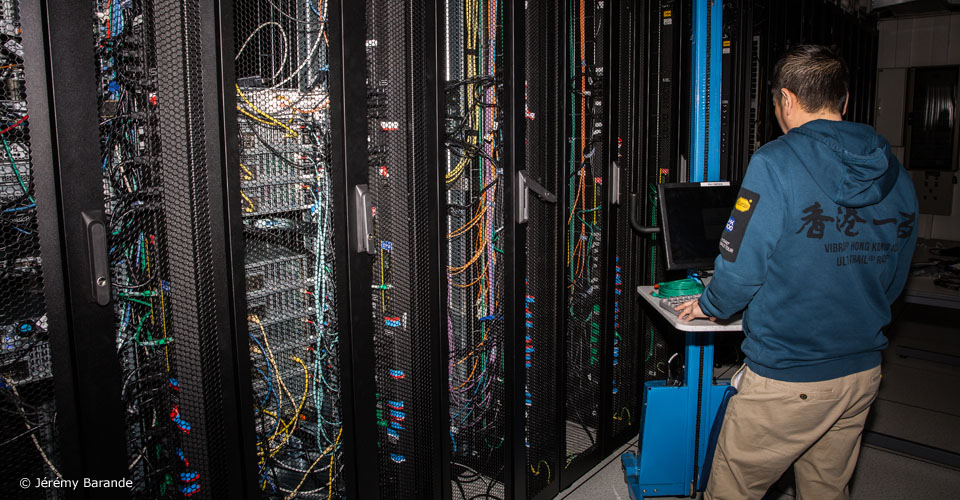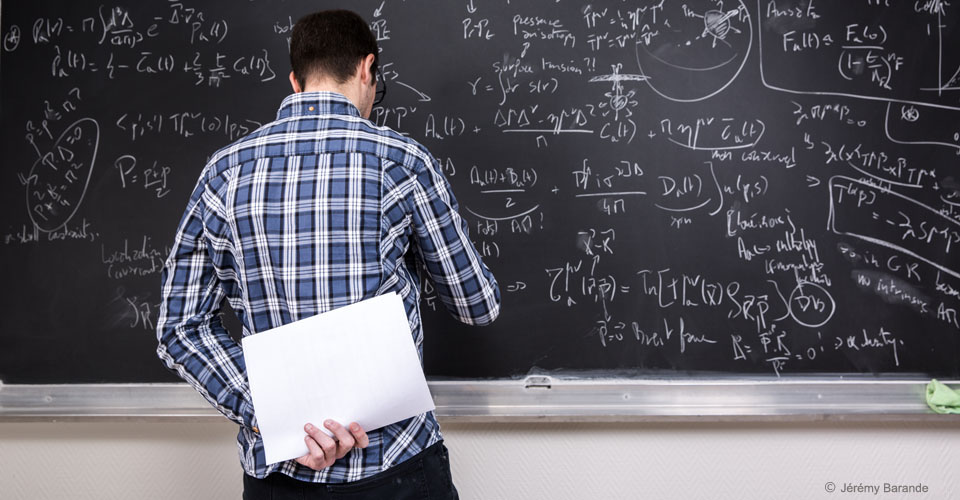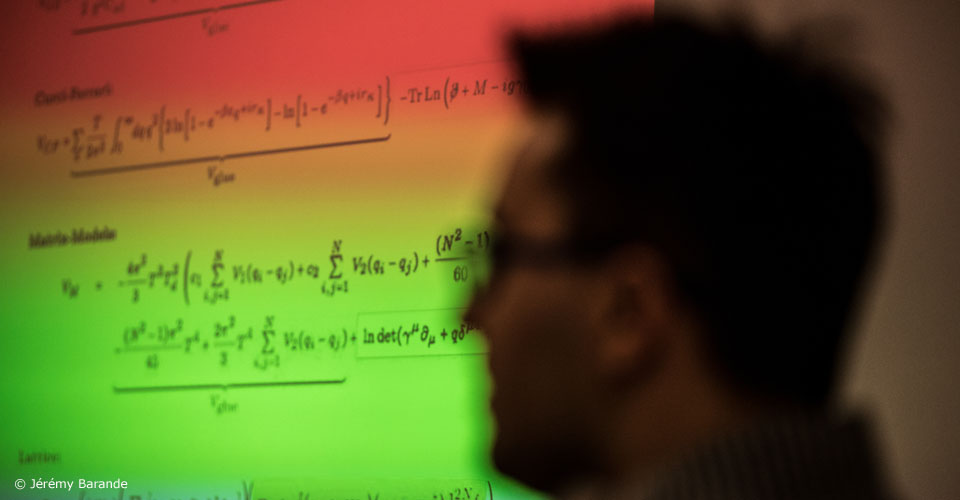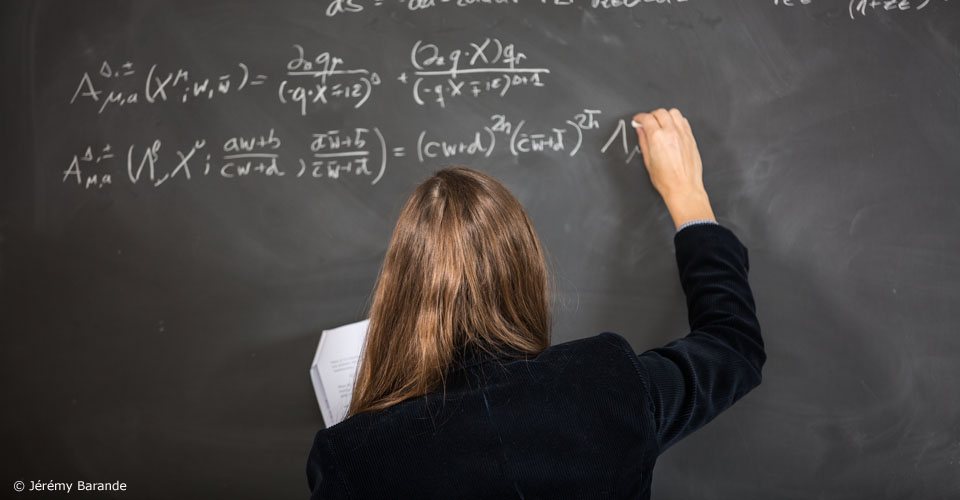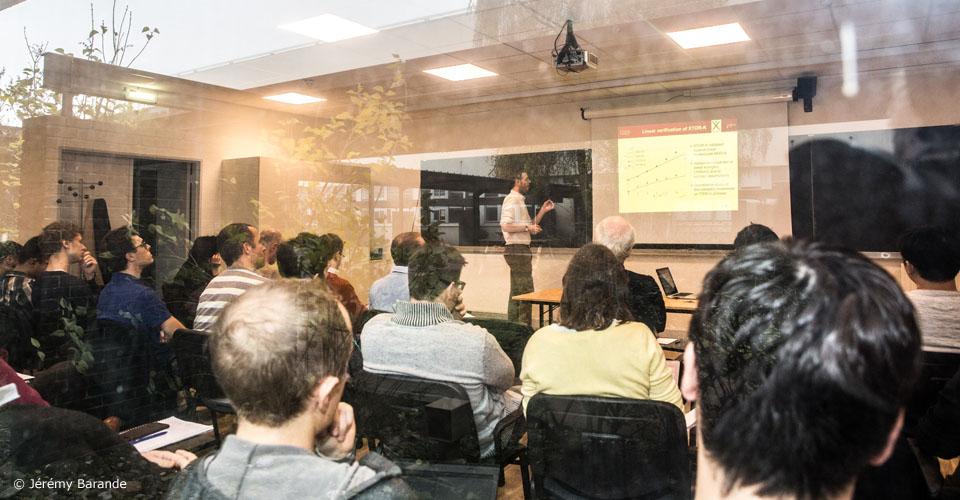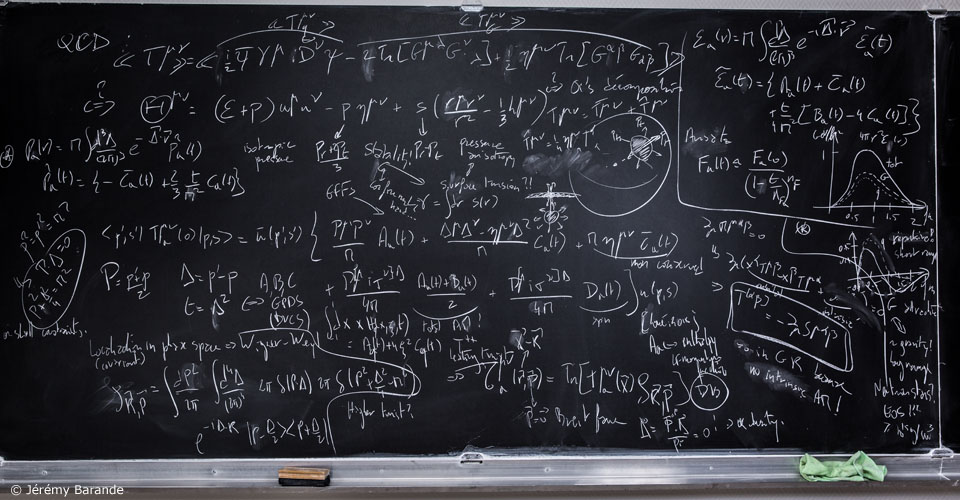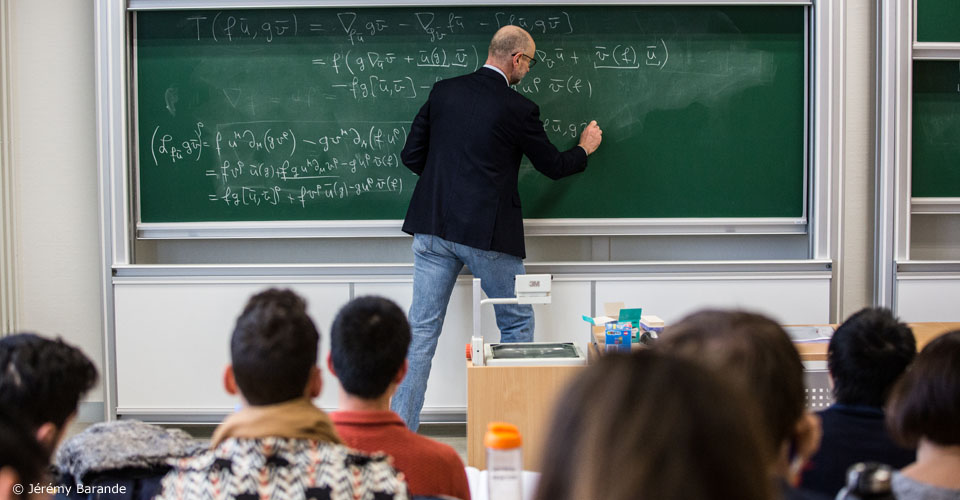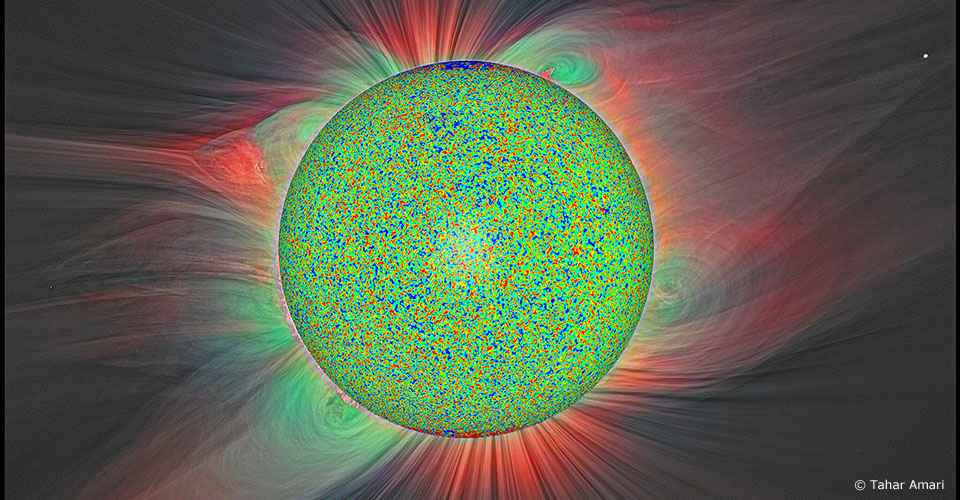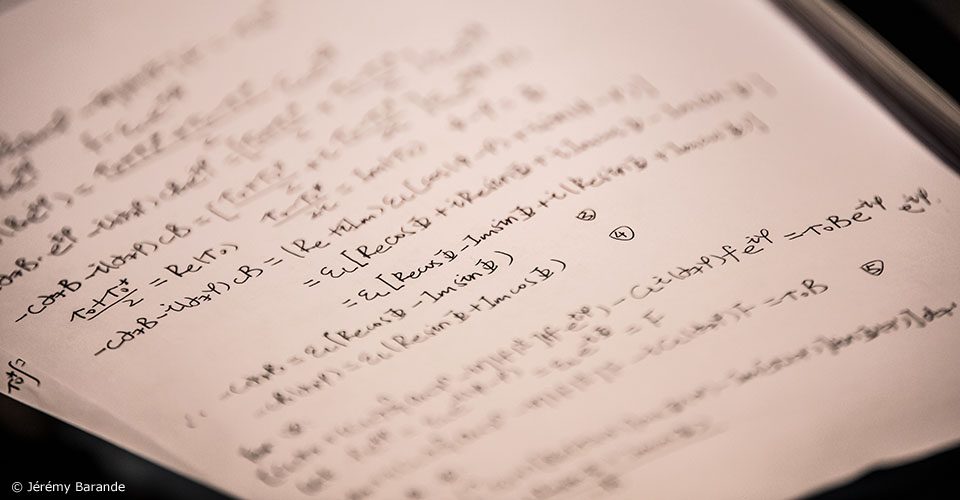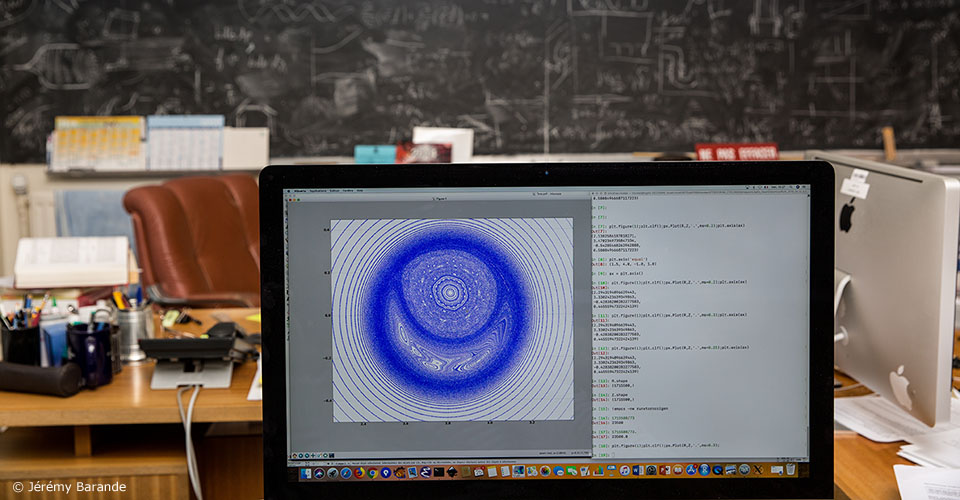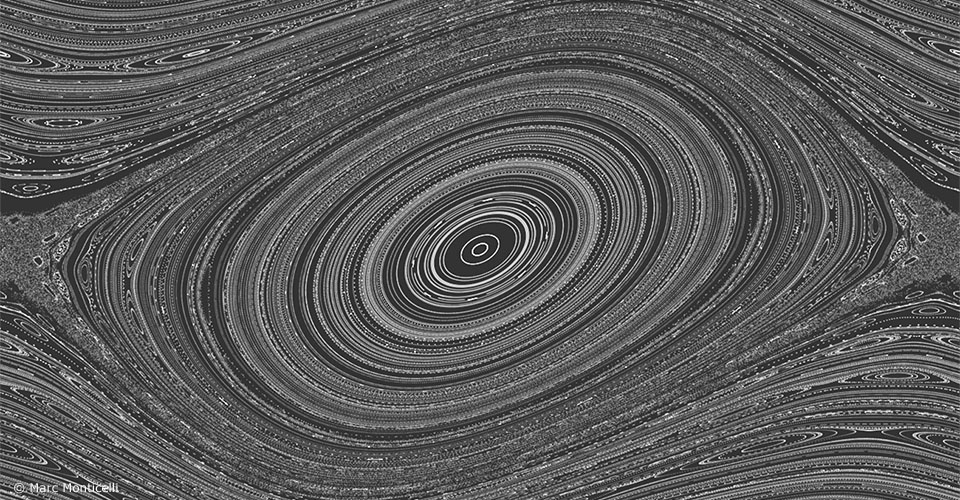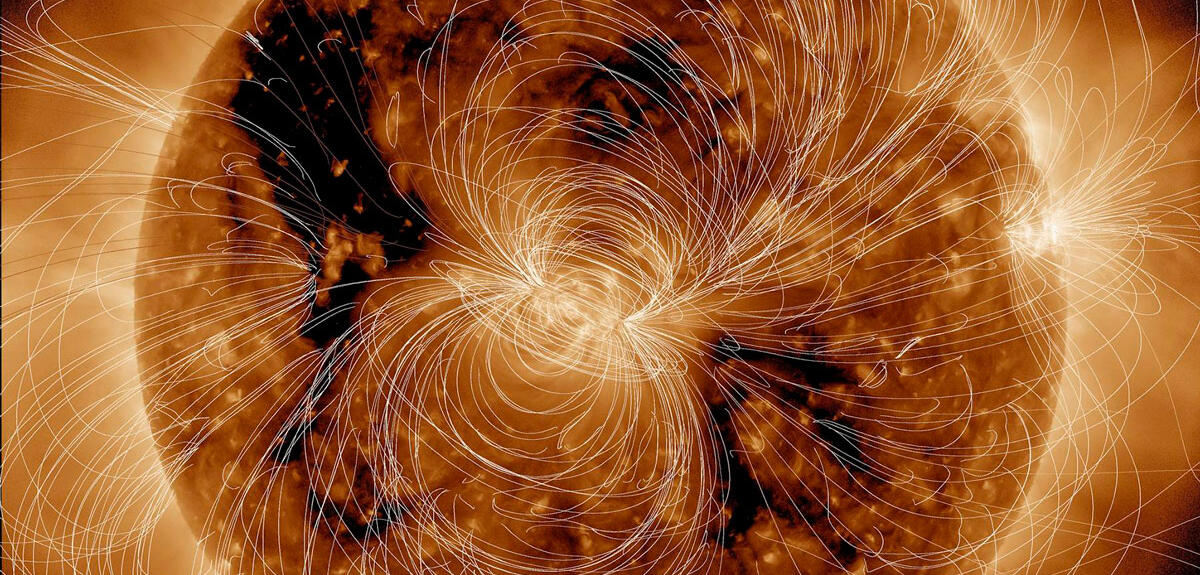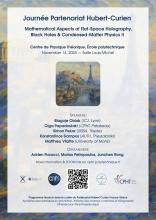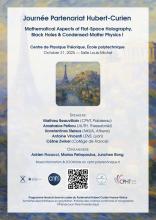-
Sariah Al Saati soutiendra publiquement ses travaux de thèse le jeudi 13 novembre 2025 à 10h00 à l'Ecole polytechnique, amphi Becquerel.
Titre : "Topological insulators and Local properties of orbital magnetization"
Directrice de thèse : Karyn Le Hur
Vous pouvez également participer à la réunion Zoom du jour
https://ecolepolytechnique.zoom.us/j/95147368458?pwd=mOFcb3bLG1z1r1gA407...
Meeting ID 951 4736 8458
Passcode: 805656
-
À 14h00, nous organisons un symposium scientifique avec les membres du jury
Amphi Becquerel, Grand Hôtel de l'École Polytechnique
Chair: Karyn Le Hur, CPHT Ecole Polytechnique and CNRS
14h30 + 5 minutes questions
Helene Bouchiat, LPS Orsay and CNRS,
Probing orbital currents in 2D materials
14h35-15h05 + 5 minutes questions
Aurélien Manchon, CINaM, Aix-Marseille university, Marseille France
Spin transport in unconventional antiferromagnets
15h10-15h40 + 5 minutes questions
Pierre Delplace, ENS Lyon and CNRS
Exceptional robustness of edge states beyond Chern insulators in non-reciprocal scattering networks
Coffee Discussion Time 15h45-16h00
Chair: Frederic Piechon, LPS Orsay
16h00-16h30 + 5 minutes questions
Jerome Cayssol (Bordeaux) and Chunxiao Liu (LPS Orsay)
Robust flat bands in honeycomb quantum wire networks
16h35-17h05 + 5 minutes questions
Jean-Eric Wegrowe, LSI Ecole Polytechnique
Phenomenological Transport: Can We Distinguish Effective vs. Real Magnetic Fields?
Programme plus détaillé : ici

